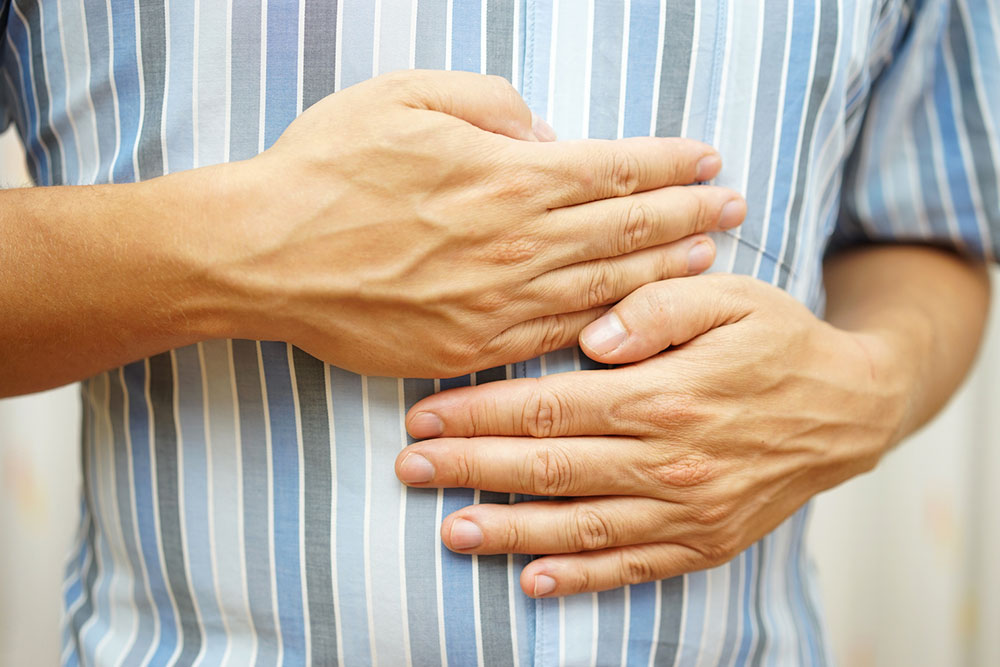
Symptoms and Treatments for Ulcers
The painful sores that occur on different types of the body are commonly known as ulcers. These ulcers can occur mostly on any part of the body. Common ulcers usually heal with ease within one to two weeks. However, if the ulcers take longer to heal, one should seek medical attention to understand the underlying causes. Different types of ulcers, their symptoms, and treatment options include the following:
1. Peptic ulcers
These are the most common types of ulcers. These ulcers are further classified into gastric, esophageal, and duodenal ulcers based on where they occur (the stomach lining, esophagus, and the duodenum/small intestine). The symptoms of these ulcers are heartburn, vomiting, nausea, belching, bloating, chest pain, and unexpected loss of weight.
The treatments for this condition would depend upon the underlying cause. Antibiotics could be prescribed if the ulcers are caused due to H.pylori infection. If the ulcers result from prolonged usage of painkillers, medication would be prescribed to either reduce the number of stomach acids produced or to provide a protective covering to the inner layers in order to avoid acid damage.
2. Arterial ulcers
The symptoms of these ulcers include pain in the leg, red sores with black and yellow colors around it, hairless skin, and no bleeding from the affected area. Due to the lack of blood flow, the affected areas would also feel cold to touch.
The primary treatment for these ulcers focuses on regulating blood circulation to the affected areas. Sometimes, surgery would be recommended to increase the blood flow to the affected organs and tissues, too. On the other hand, antibiotics can be used to control the symptoms. Severe cases might require amputation.
3. Venous ulcers
The symptoms of these ulcers include scabbing, itchy skin, swelling, discharge, and inflammation. These ulcers take quite some time to heal and can last for several months.
Similar to arterial ulcers, the treatment options for venous ulcers also focus on improving the blood flow to the affected areas. While antibiotics can help keep some symptoms in check to control infections, they are not enough to entirely treat the ulcers. Compression therapy or surgery may be recommended to go along with the medications.
4. Mouth ulcers
Mouth ulcers appear as small and round wounds which do not usually leave scars. Severe cases lead to the formation of larger and deeper wounds. The serious symptoms of these ulcers include diarrhea, fever, slow pace of healing, and trouble eating or drinking. These ulcers usually do not require treatment and disappear in a short while.
If they start to feel painful, an antimicrobial mouthwash or ointment would be prescribed by your doctor or dentist. If it takes longer to heal, seek medical attention immediately.
5. Genital ulcers
The symptoms of these ulcers include fever, swollen glands in the affected area, and pain/itching, rashes or bumps in the affected area.
Antiviral or antibiotic medications would be prescribed if they are caused by STIs.


